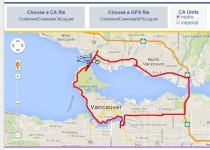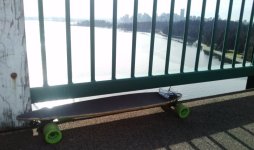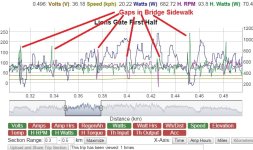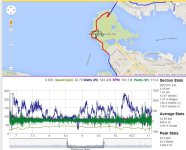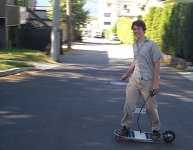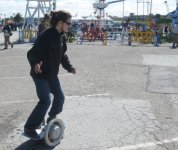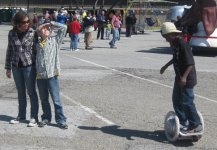Last year Lone_Deranger mentioned the Rojas Hybrid trucks on this thread,
http://endless-sphere.com/forums/viewtopic.php?p=904580#p904580
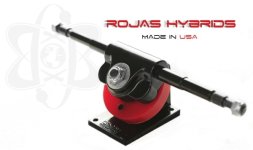
Up until this point I had always been chucking the truck hangar in a lathe in order to machine a round section concentric with the axle for the motor to slide on, which isn't something that most people have the ability to do. But the Rojas trucks have a totally round steel hanger that means we can fit an inline motor on the truck with no modification. We contacted Braden Boards last summer to see if they'd be OK with us trying this and indeed they were great about it and so we ordered a number of samples, which arrived promptly but then sat in a box

That was until a couple weeks ago, when it was finally time to bust these out for our 4th inline motor weight sensing longboard build. The hangar is about 11.5mm diameter, while we had our motor cores machined for a 15mm ID. So the motors we made slide on with a TON of room:
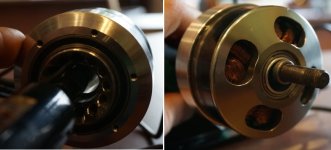
While it will be easy to machine a shim sleeve to fit between them, I'm actually growing on the idea of not rigidly mounting the motor to the truck hangar, but instead letting the motor 'float'. So it would be tortionally coupled between the wheel and the truck, but it's axial location wouldn't be rigidly defined. That way we could ensure that the motor bearings don't see any kind of harsh impact loads from riding over rocks and hitting bumps, those forces would be 100% taken by the wheel bearings. And if the motor did take an impact, it would mostly deflect out of the way.
I'm not sure if it's strictly necessary, but the fatigue wear and vibration exposure of the motor is one of the things that worries me the most for long term reliability of the inline wheel motors, especially given the thin section ball bearings that are used.
Anyways I went ahead and did the strain gauge installation on one pair of the sample trucks. The first one was done exactly as the others, with a pair of gauges on the top and bottom so that we have a full bridge strain configuration with all 4 gauges active for maximum sensitivity.


But on the 2nd truck I put all 4 gauges in a single cavity on the bottom, with two gauges that will be in tension, and the other two are mounted perpendicular to the strain so should just be passive resistors. This should have only half the signal intensity of the full bridge with all sensors active, but if it's good enough then it would be much simpler to put together. We could get just a single strain gauge manufactured that has all 4 strain sensors etched on it and connected into a bridge, and there would be just 1 flat spot to machine on the truck, 1 gauge to glue down, and then 1 cable to attach.
View attachment 1

